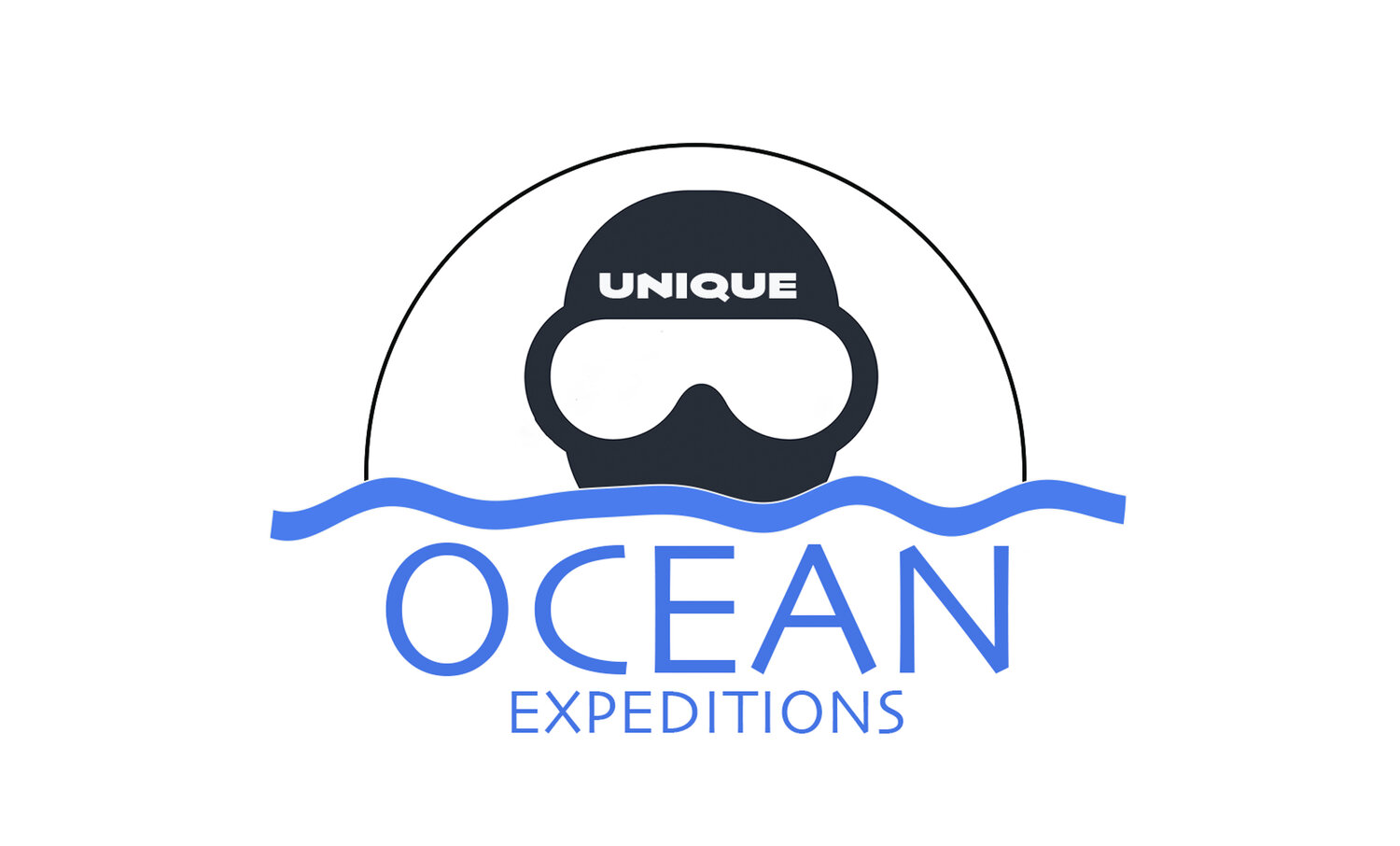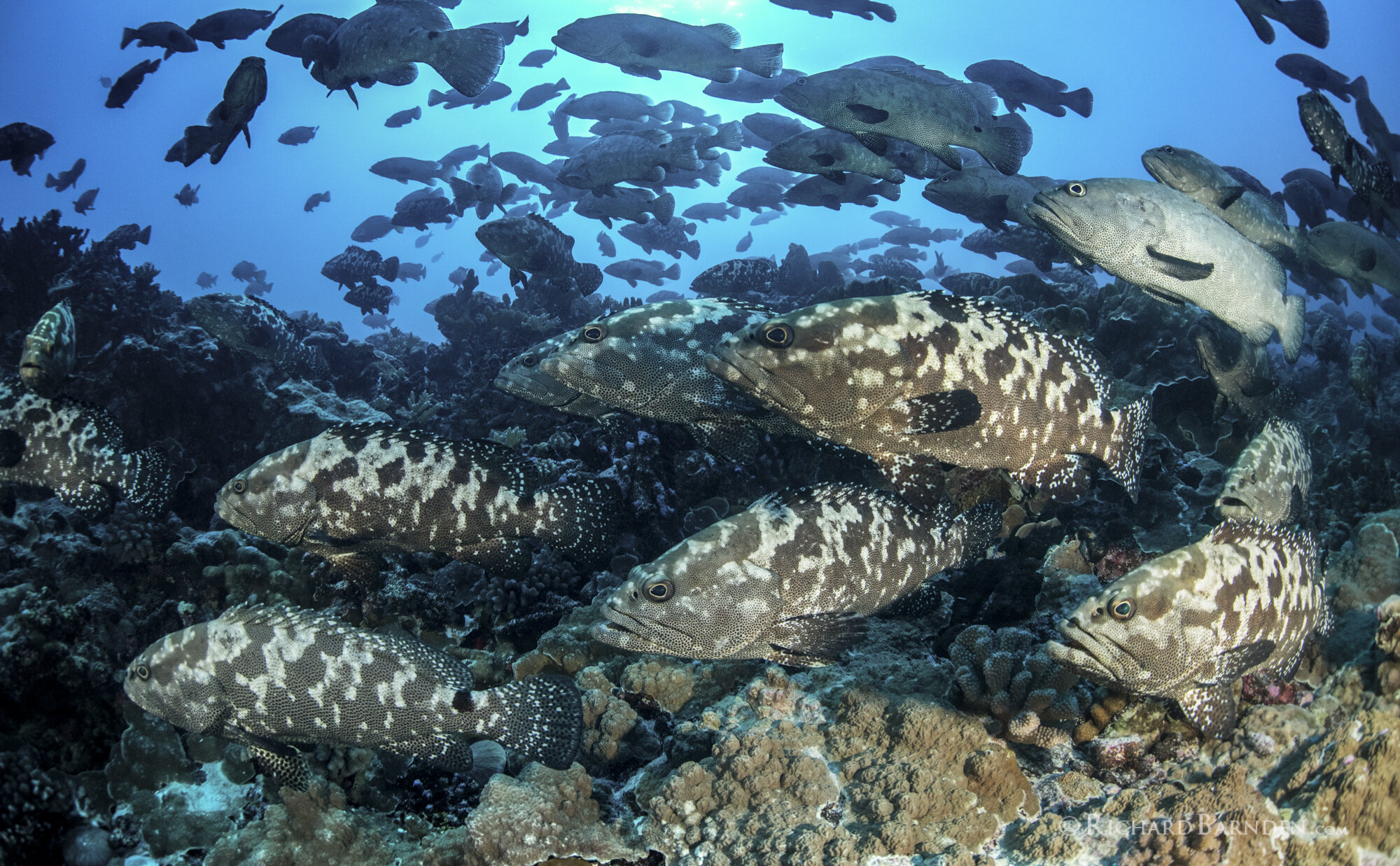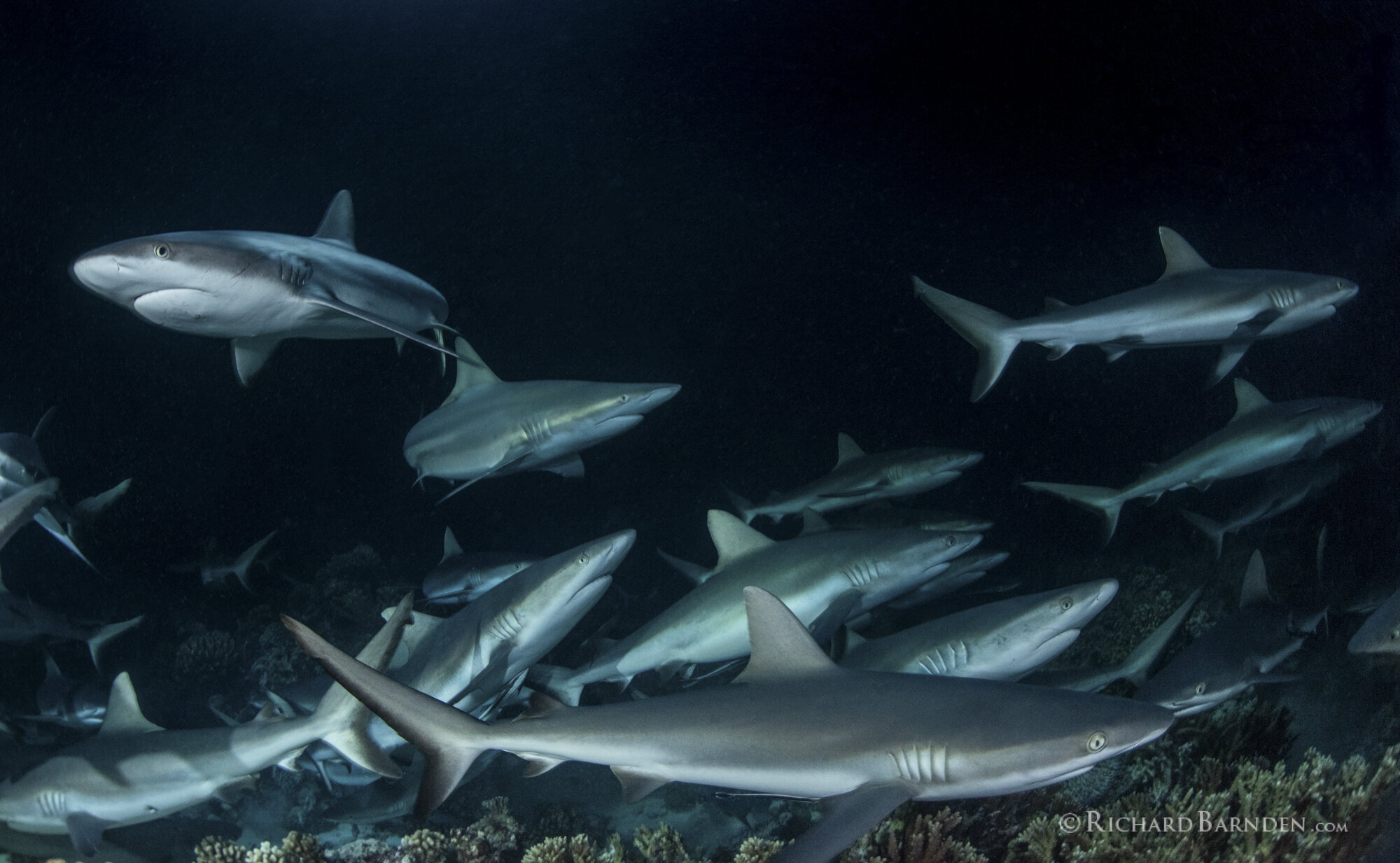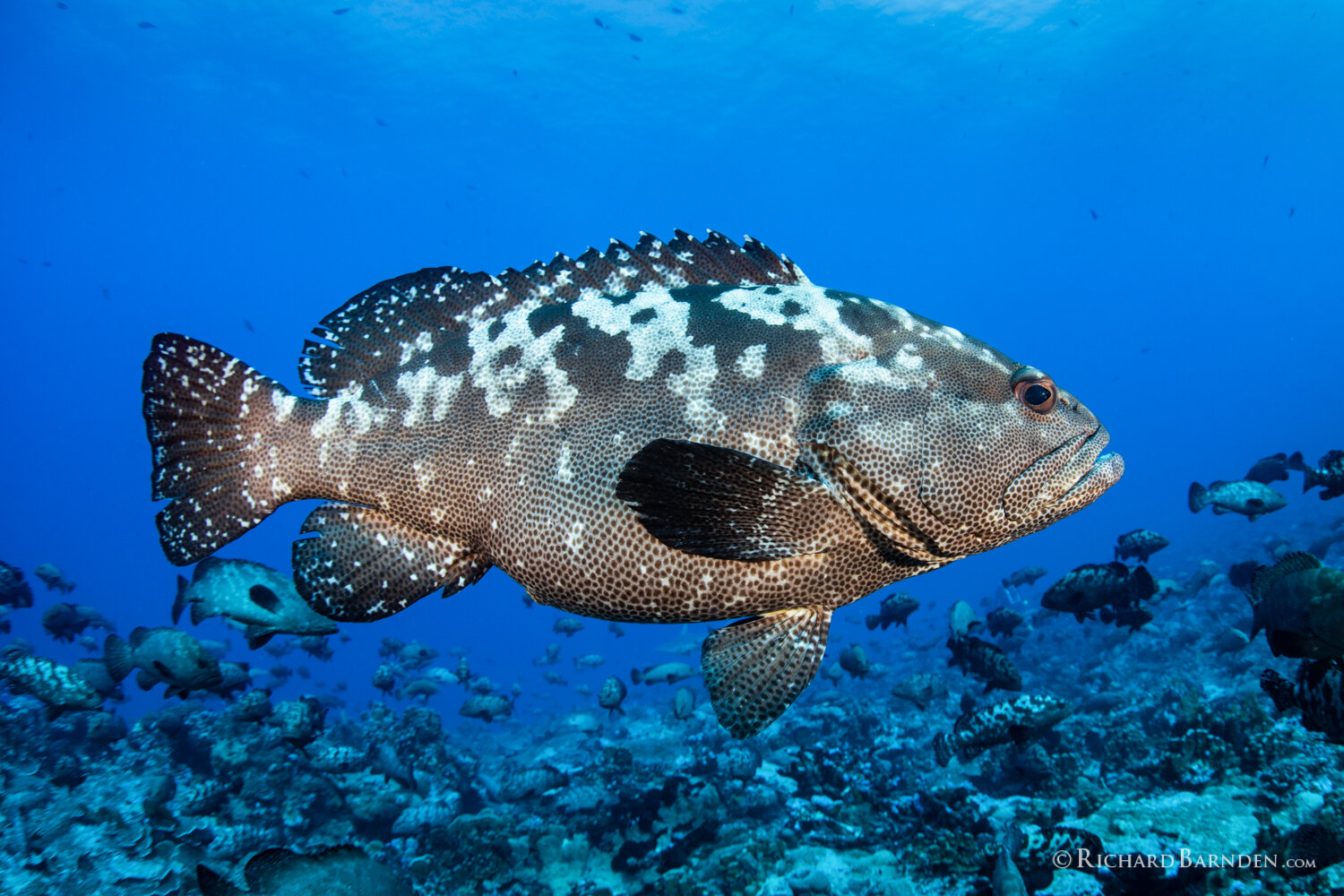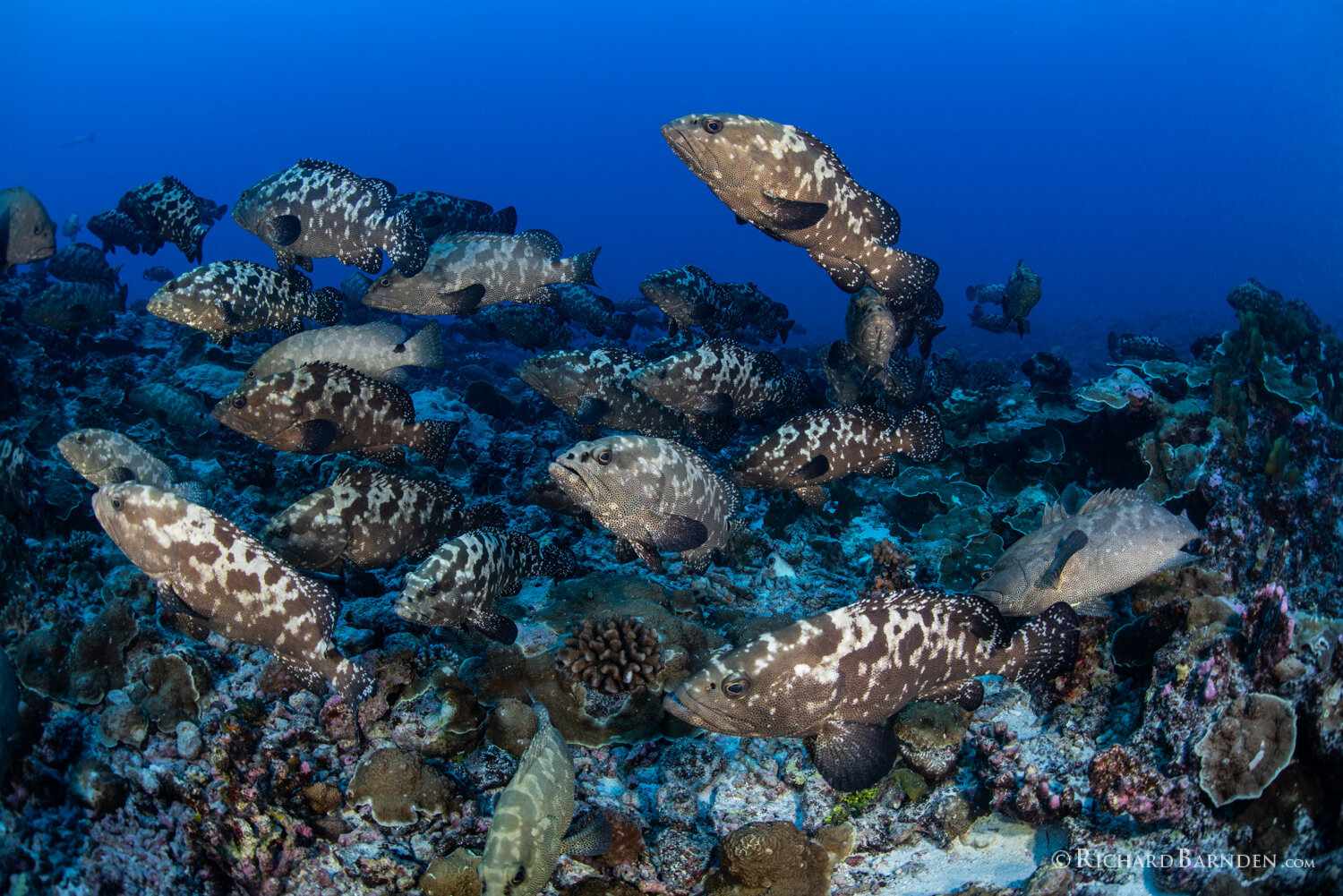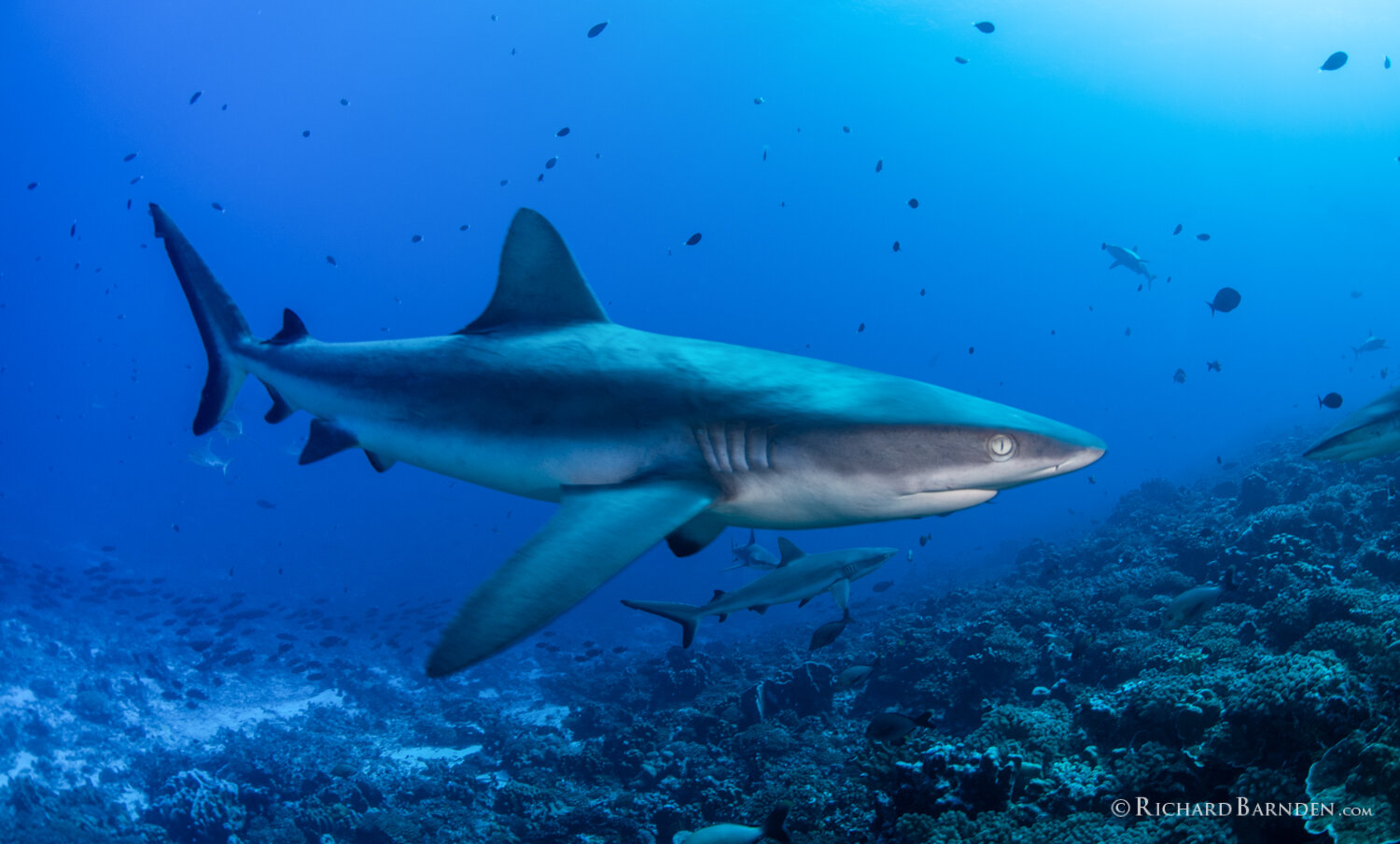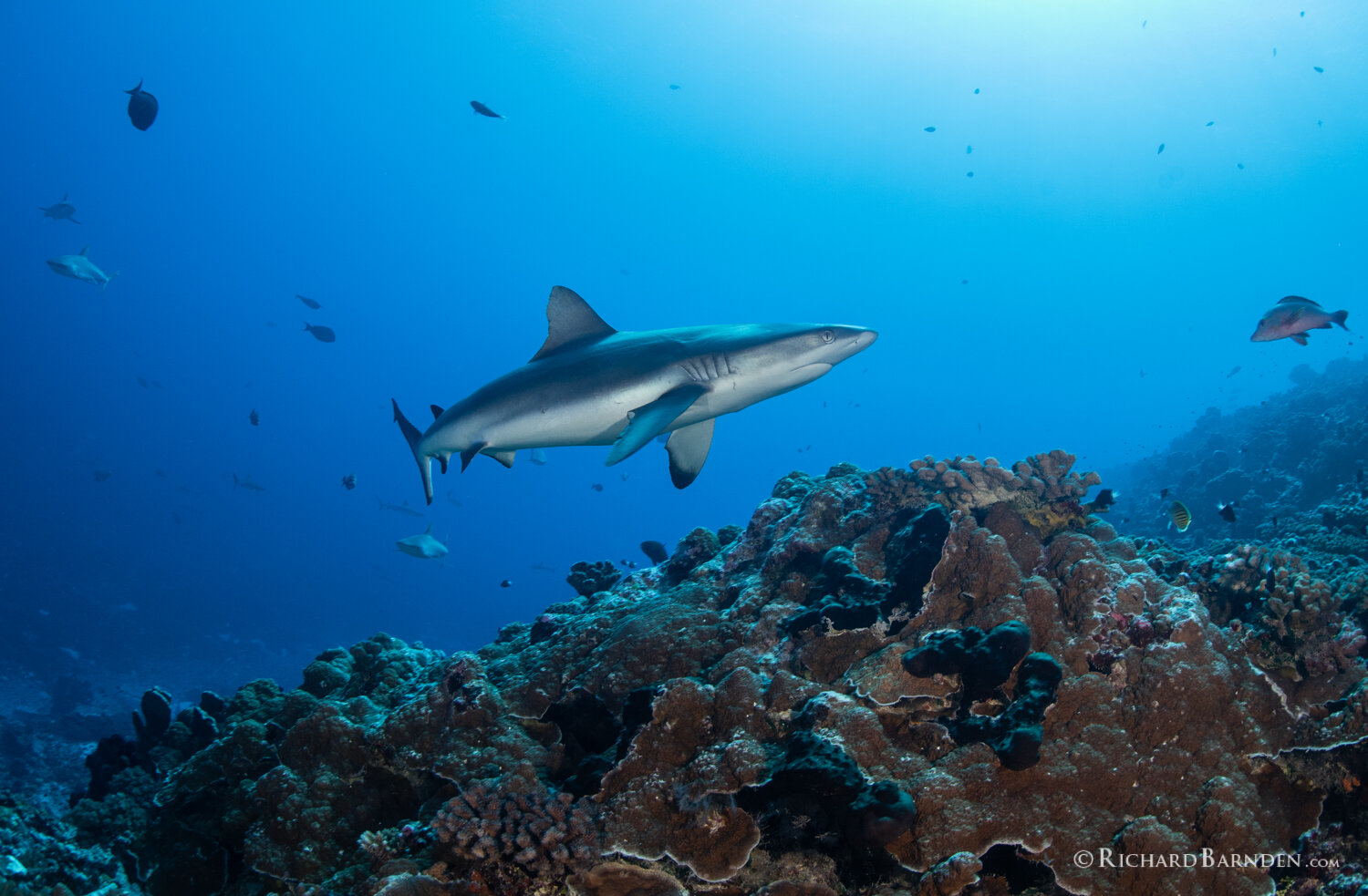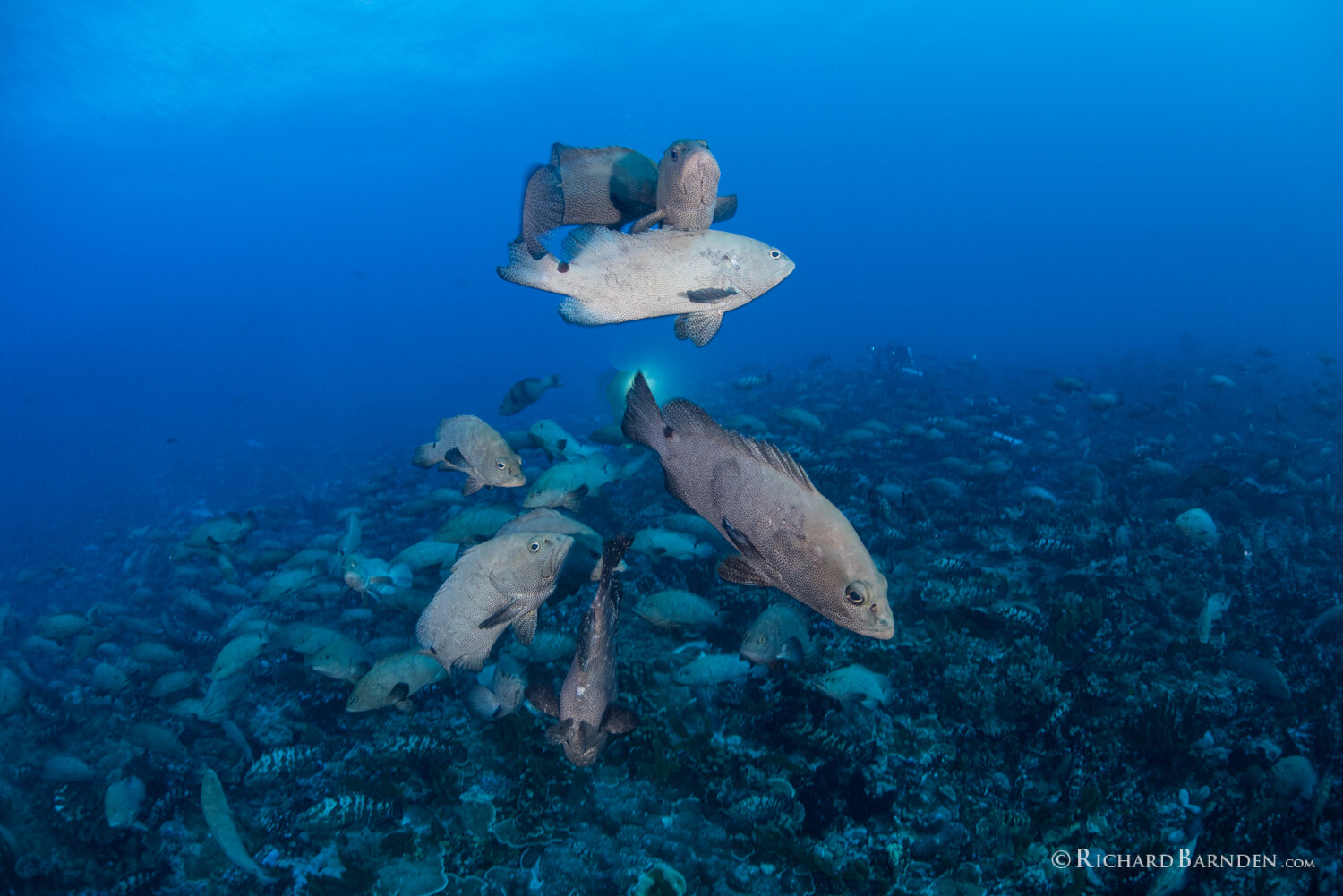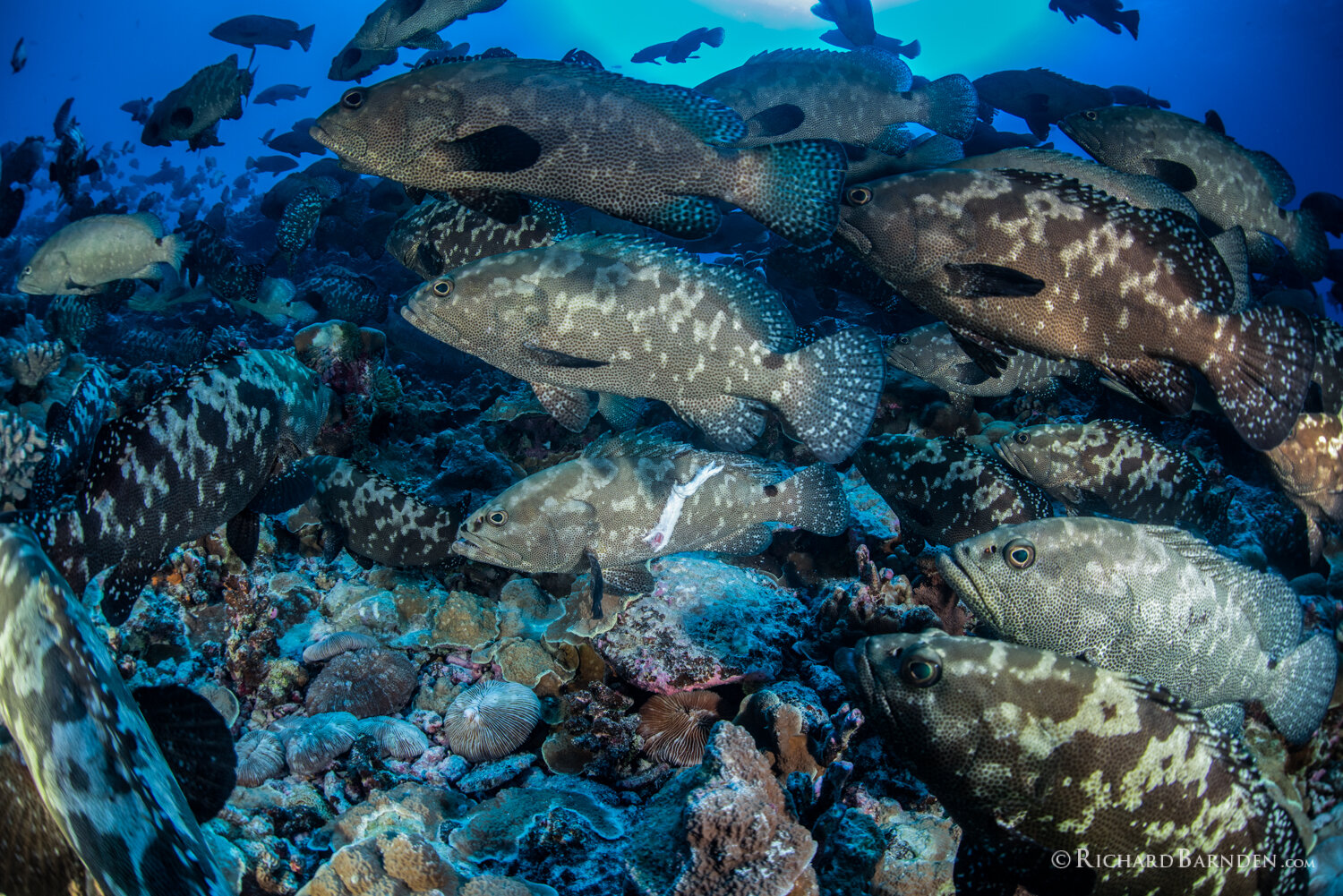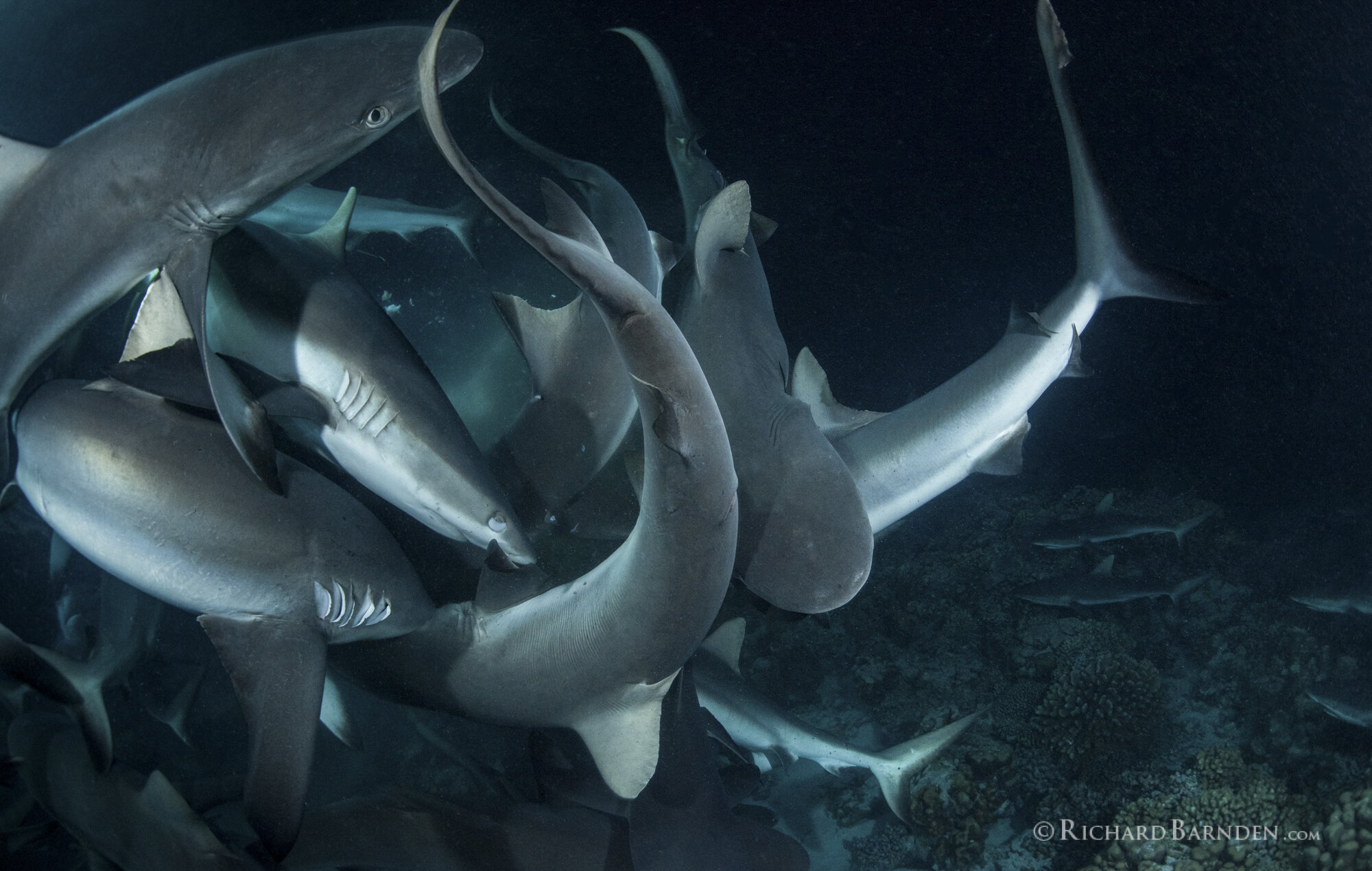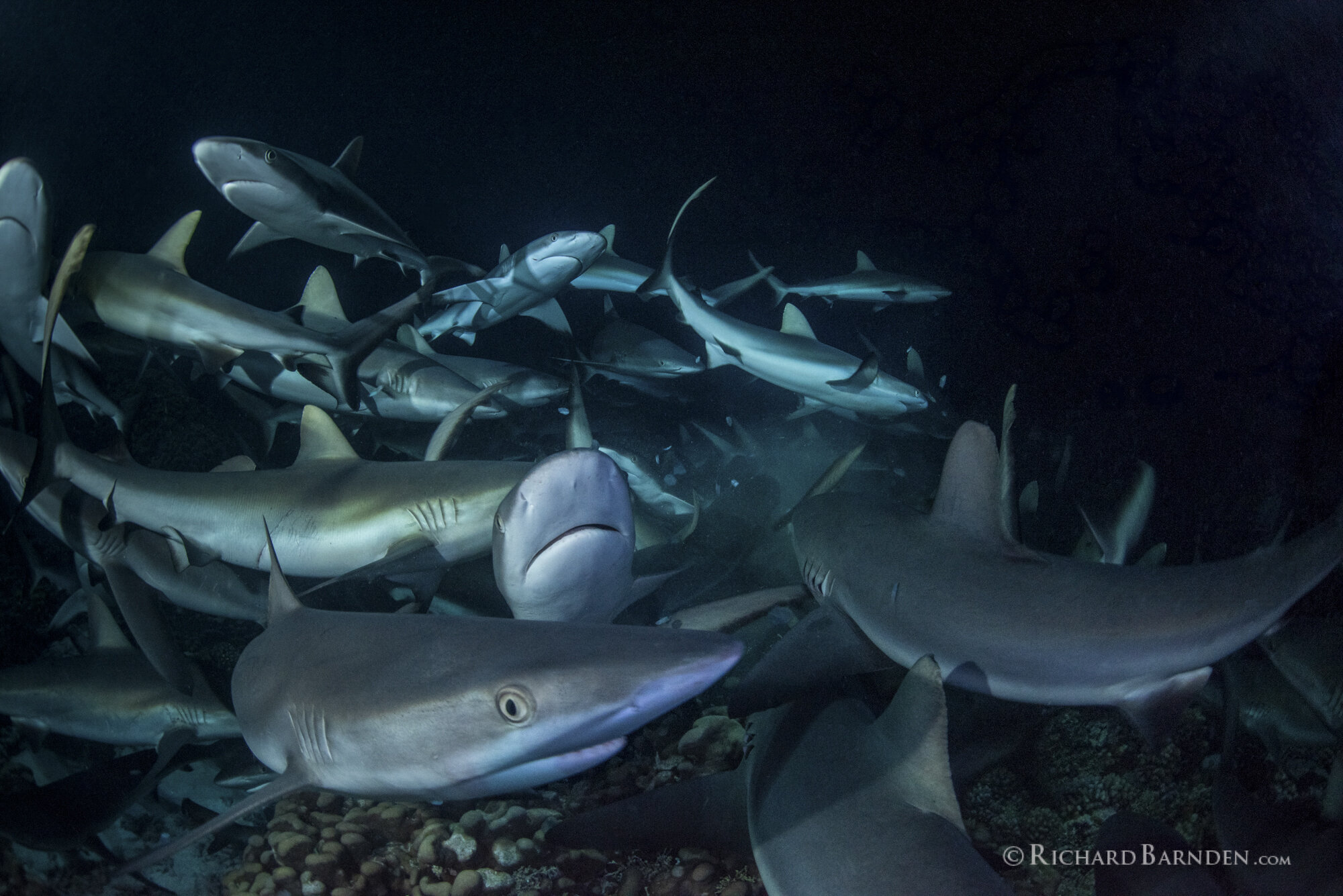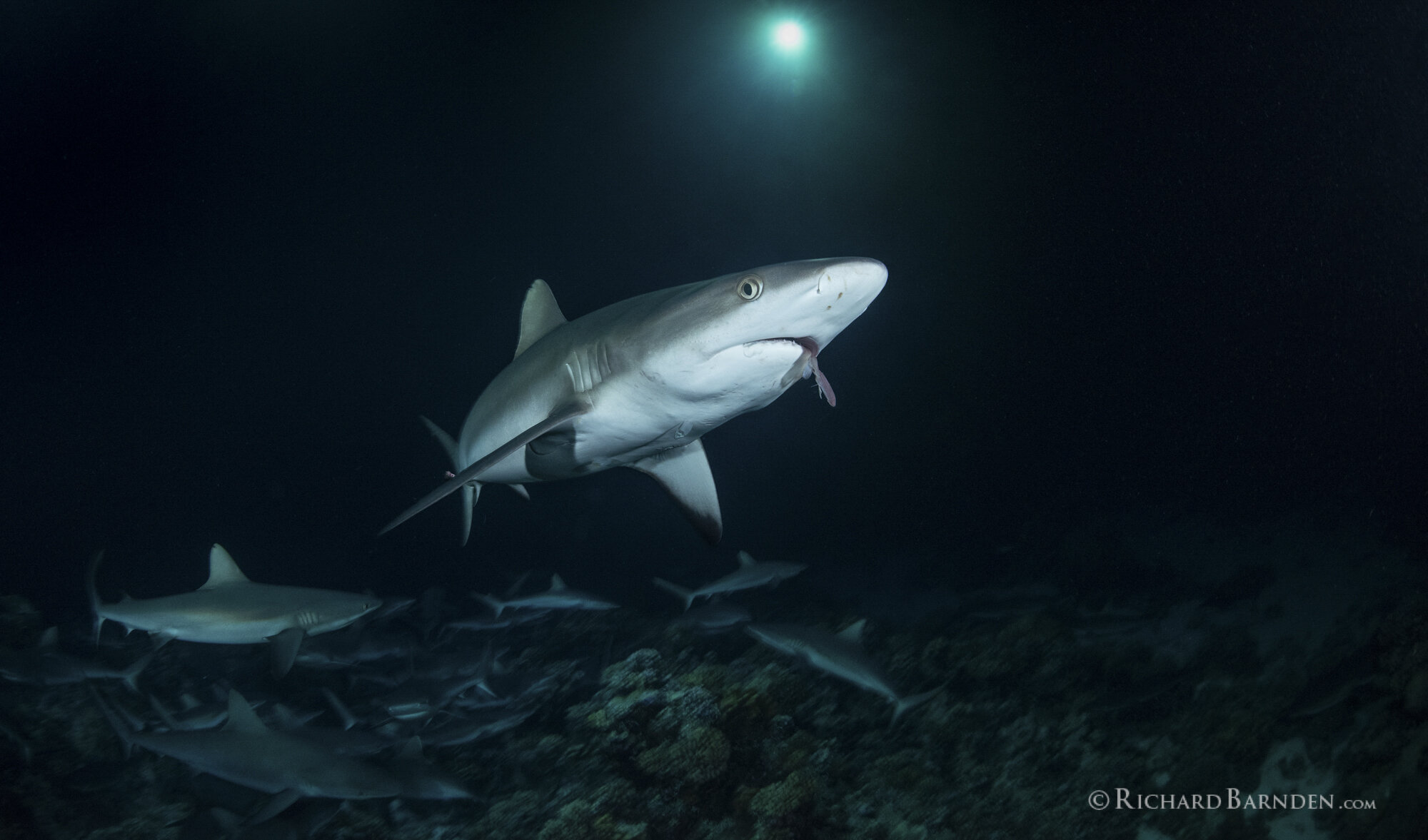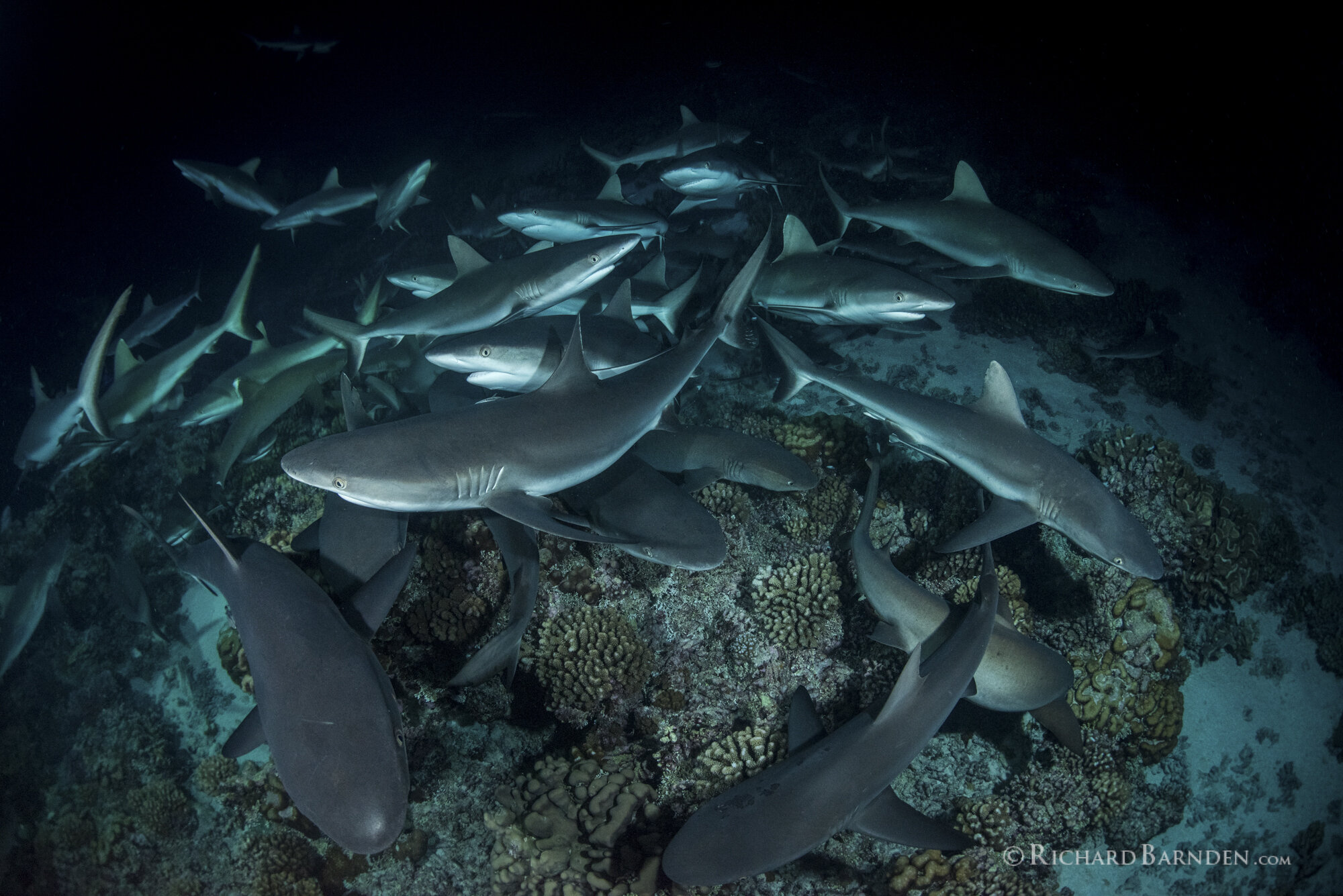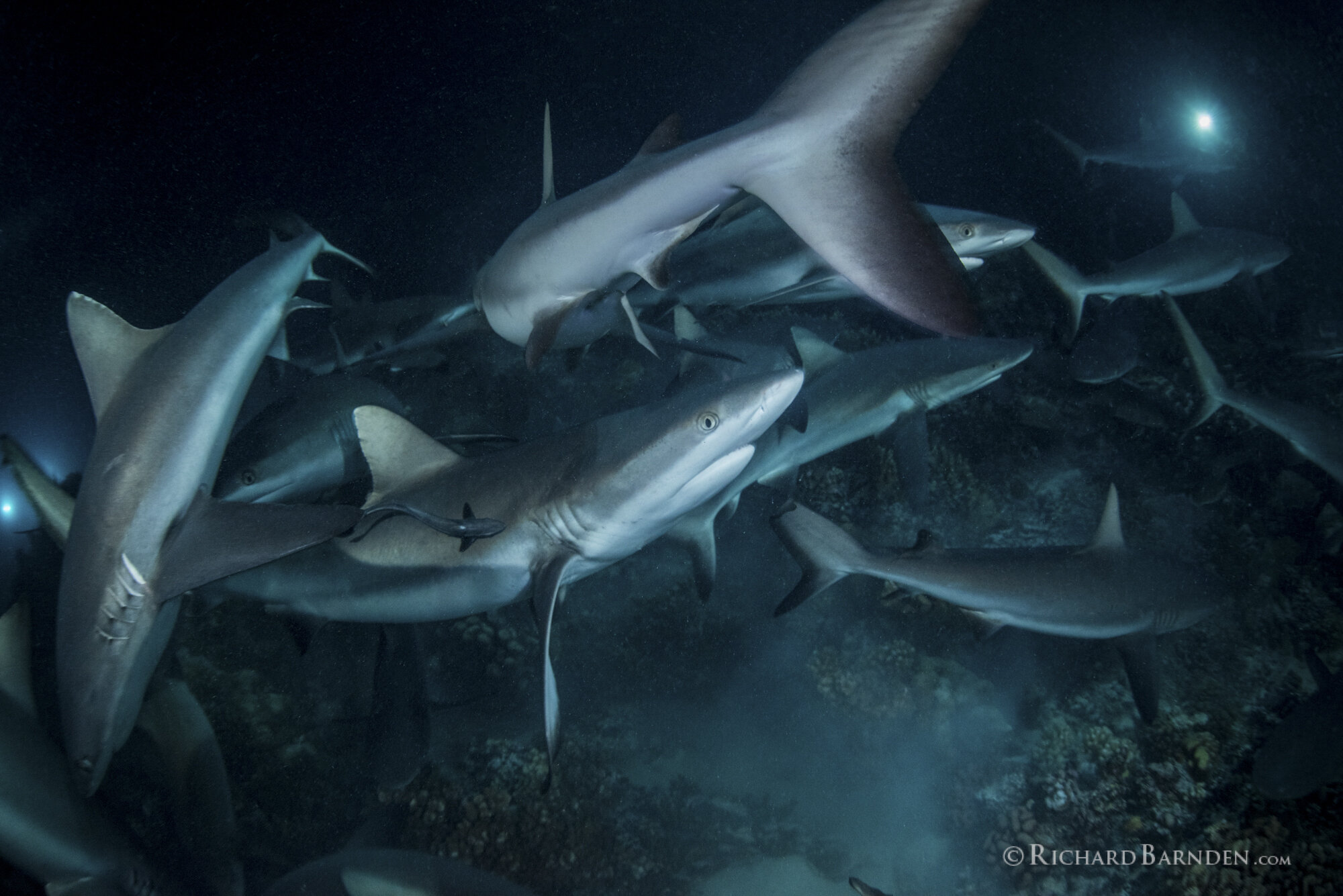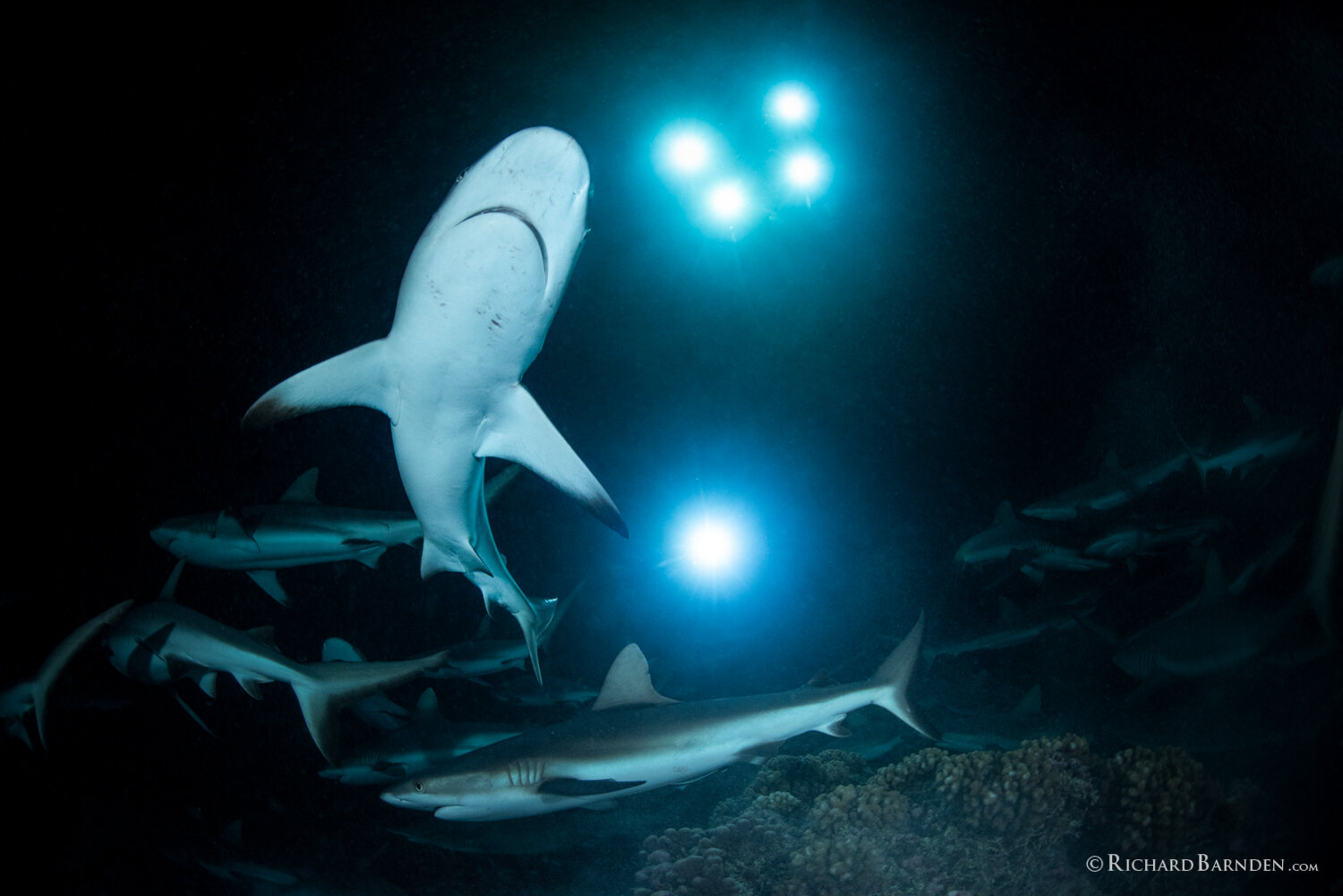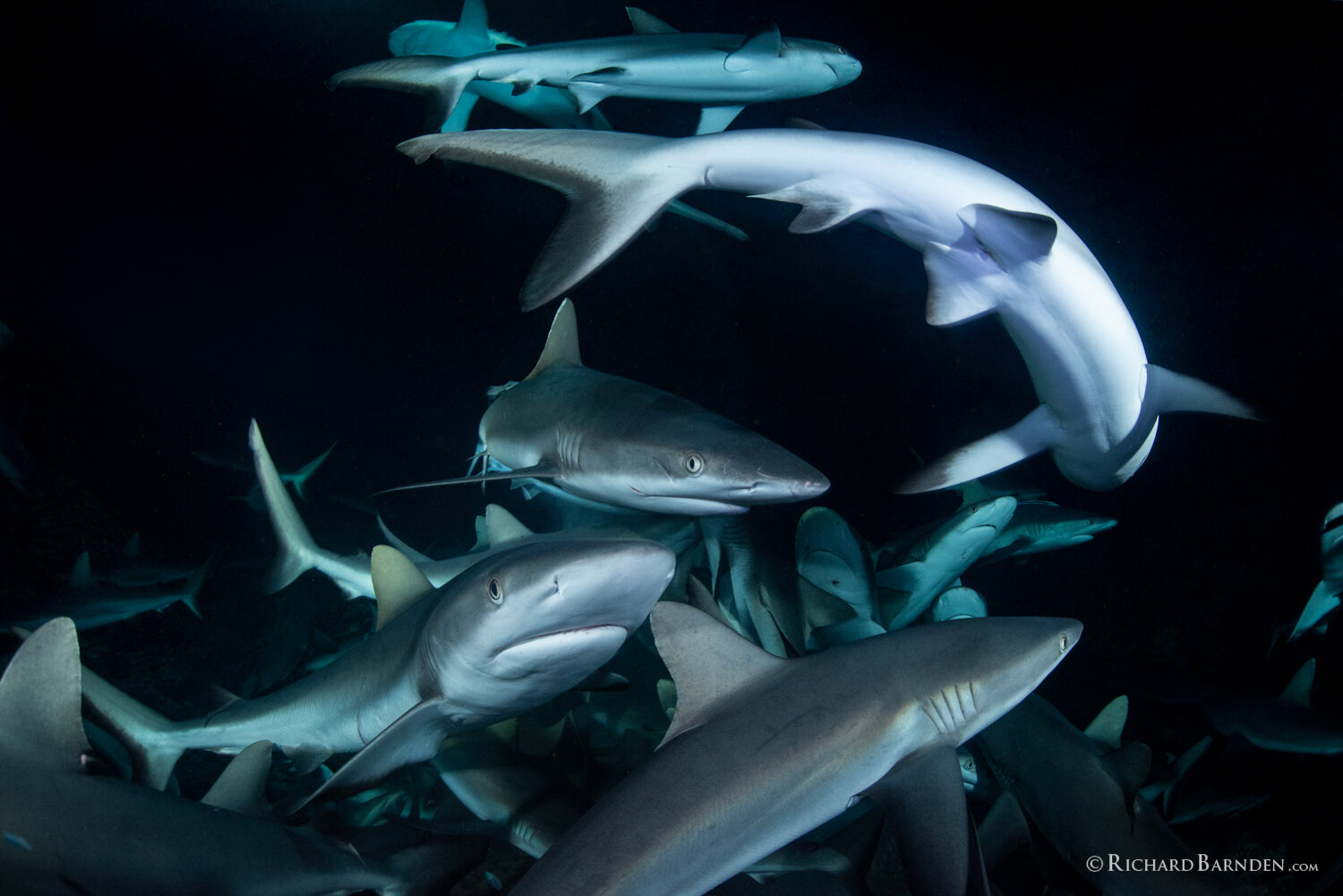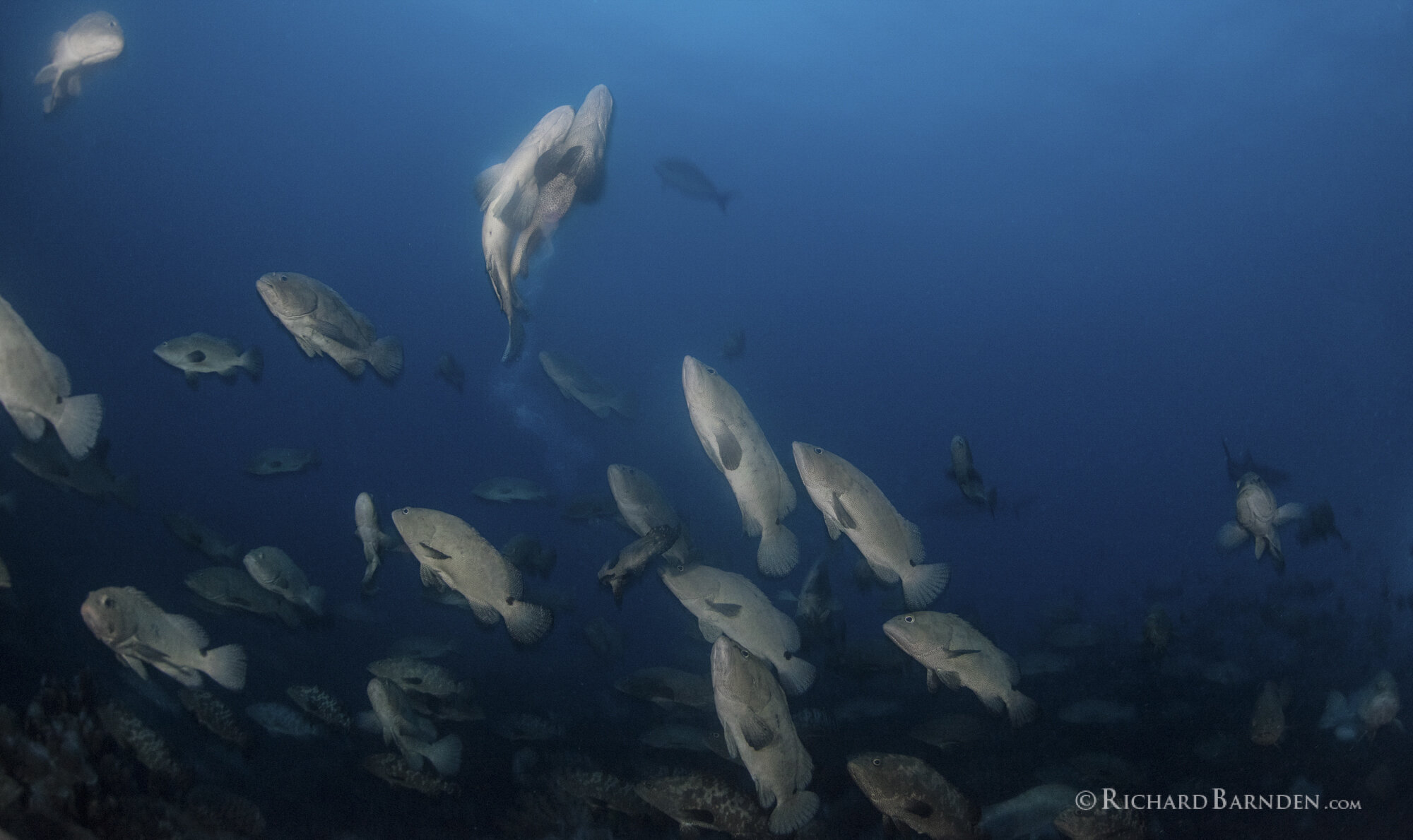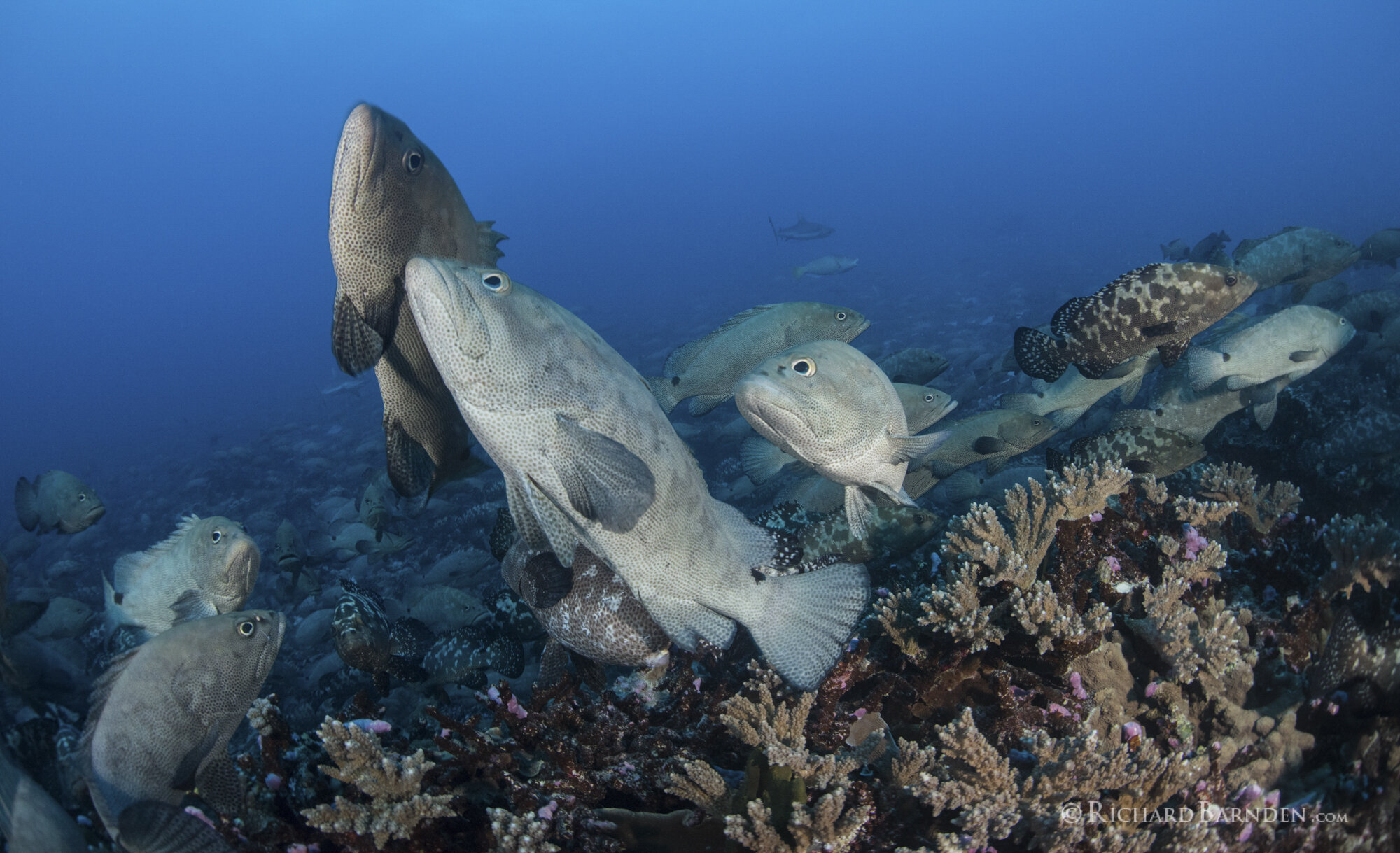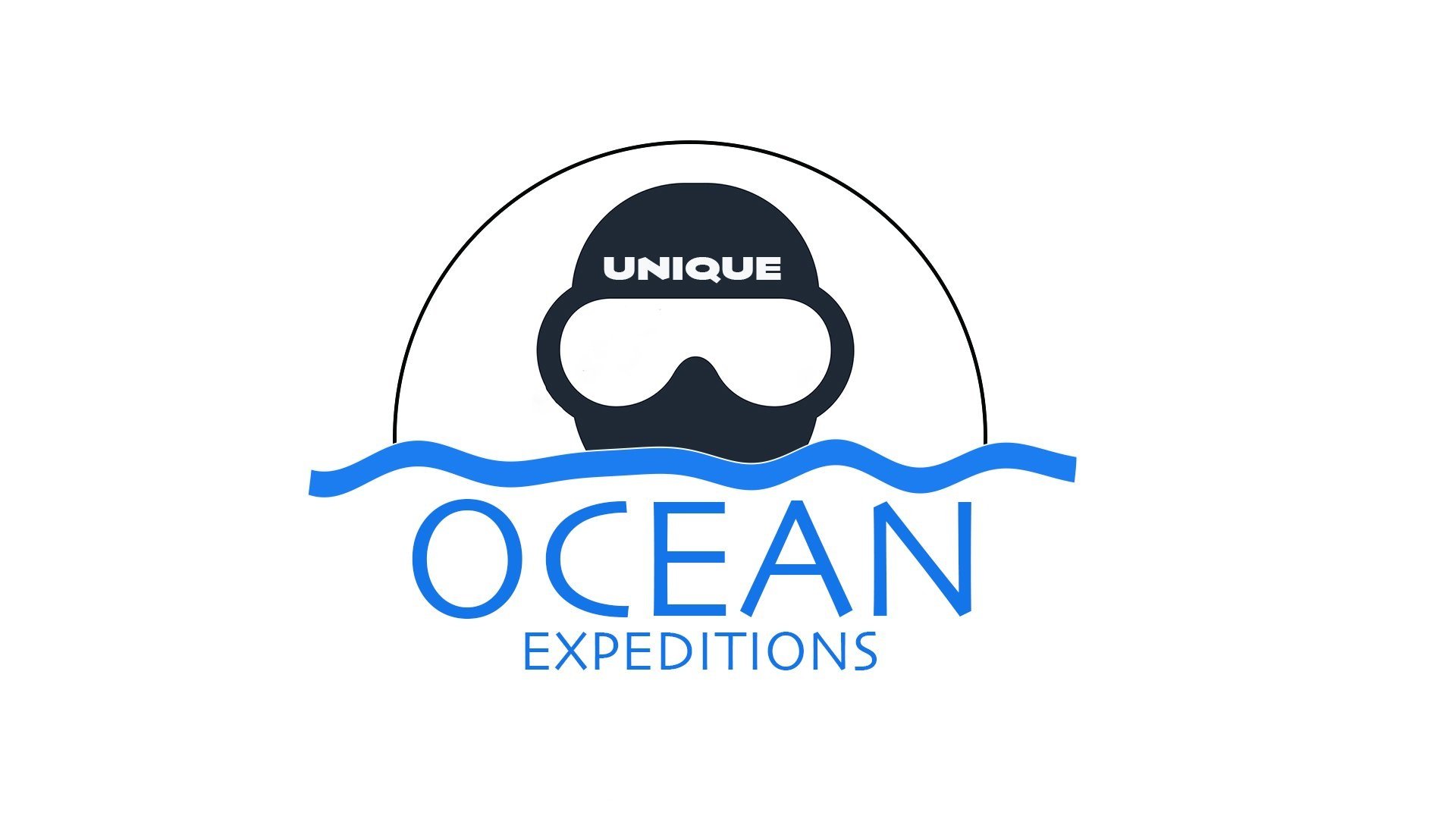FRENCH POLYNESIA
THE TUAMOTU ISLANDS & GROUPER SPAWNING
CAMOUFLAGE GROUPER AGGREGATION
THE EXPEDITION
For this expedition we travel to the remote Tuamotu Islands of French Polynesia for the grouper reproduction. The tours start and end in Fakarava but we will also visit the islands of Kauehi, Toau, Tahaena and Aratika on our 14 day voyage.
Our main target for this expedition will be at Fakarava for the grouper reproduction but we will also visit other grouper aggregation sites at the other atools before the spawning event in Fakarava south Pass before the Full Moon. We will also be doing as many night dives in Fakarava South Pass as possible.
CAMOUFLAGE GROUPER AGGREGATION
Leading up to the full moon tens of thousands of Camouflage Groupers (Epinephelus polyphekadion) are gathering around French Polynesia’s channels preparing to spawn, especially that of Fakarava South Pass. This channel holds the record number of groupers documented at over 18,000 individuals.
We begin our expedition before the full moon diving some of the big name sites with currents in preparation for the main event. These dives are very early morning dives, as the sun rises, we will begin the dive to watch the spectacle that is about to unfold.
A huge aggregation of groupers will rise from their hiding places, to ensure the continuation of their species. Witnessing this natural behaviour--which only can be described as an underwater firework display of energy and excitement--also attracts the biggest predators in Fakarava south pass such as hundreds of grey reef sharks, silver tips, oceanic blacktips, lemon sharks and more.
FAKARAVA SOUTH PASS NIGHT DIVE
RESORT
ALL RATES ARE BASED ON PER PERSON BASIS
DATES
2024
13th - 23rd JUNE 2024
2025
ITINERARY
FRENCH POLYNESIA
INCLUDES
14 days of Diving
Photography workshop with Richard Barnden
Accommodation on Aqua Tiki II
Weights
EXCLUDES
International & Domestic Flight
Gratuities
LAND-BASED EXPEDITION
DIVE SITE INFORMATION
WATER TEMPERATURE - 26c / 73F
WETSUIT - 5mm / 3mm
Fakarava
Located southeast of Rangiroa, Fakarava is home to the second largest lagoon in the Tuamotu Atolls. This rectangular reef encloses such a rich ecosystem that it has been designated by UNESCO as a Biosphere Reserve. The area both inside and around Fakarava is known to safeguard a variety of endemic wildlife. In fact, out of the entire commune including small atolls such as Niau, Raraka, Taiaro and Toau, some are completely closed to the ocean, creating a nursery for precious underwater flora and fauna.
Fakarava South Pass - One of French Polynesia’s most famous dives, and probably the sharkiest dive on the planet. It’s all about diving the passes in French Polynesia and generally done on an incoming tide. On most dives you will start in the mouth of the pass spending time watching the wall of sharks 200+ and let the current drift you inside as you pass by the marine life. Divers are dazzled by the incredible variety of fish, including barracudas, jacks, Napoleon wrasses and schooling grey reef sharks. Strong tidal currents render it a dive for the more experienced.
Fakarava North Pass - The only other pass in Fakarava and normally has strong currents. This pass is much wider than the south pass and currents here can be wild. Schooling yellow snappers are hiding in the large holes which make a great place to hide and let the sharks and fish come to you. Silvertip’s, hammerheads and eagle rays are common visitors.
Kauehi - Kauehi, or Putake, is an atoll in the Tuamotu group in French Polynesia. The nearest land is Raraka Atoll, located 17 km to the Southeast. Kauehi has a wide lagoon measuring 24 km by 18 km. The atoll has a lagoon area of 320 km², and a land area of 16 km². Kauehi's lagoon has one navigable pass
Toau - Toau, Pakuria, is a coral atoll in French Polynesia, one of the Palliser Islands (Îles Pallisier). Toau has a wide lagoon; length 35 kilometres (22 miles), width 18 kilometres (11 miles). The nearest land is Fakarava Atoll, located 14 kilometres (8.7 miles) to the southeast.
Tahaena - Tahanea Atoll measures 48 kilometres (30 mi) in length with a maximum width of 15.2 kilometres (9.4 miles). The southern reef fringing the atoll is wider than the northern one, but the largest islands are on the narrower northern rim. Tahanea has a wide and deep lagoon with a surface of 545 square kilometres (210 square miles) . There are three deep, navigable, passes into the lagoon, which are called Motupuapua, Teavatapu and Otao.
Aratika - Aratika Atoll has an unusual butterfly shape. Its length is 20.8 km2 (8.0 sq mi) and its maximum width 10.7 km2 (4.1 sq mi) . It has a land area of approximately 8.3 km2 (3.2 sq mi) . The lagoon is wide and deep, and can be entered by two navigable passes.
SPAWNING DIVE INFORMATION
POTENTIAL CURRENT DIVES
The yearly aggregation of camouflage grouper (Epinephelus polyphekadion) has been known for many decades in the South Pacific. Scientists have come and gone since the late 70’s observing their patterns and protecting them and their vulnerable spawning sites around the islands during the months of June through to August.
WORKSHOP SKILLS
RICHARD BARNDEN will be leading this expedition and sharing his knowledge and skills of shooting spawning groupers at night and grey reef shark at night. Each evening Richard will give in depth presentations about the following days diving along with photography tips on settings and compositions.
SKILLS EXPLORED
Equipment and Photographic Gears
Night Diving Environments
Photographing Sharks
Lighting - Ambient Light
Lighting - Strobes vs Continues light
Settings and Compositions
